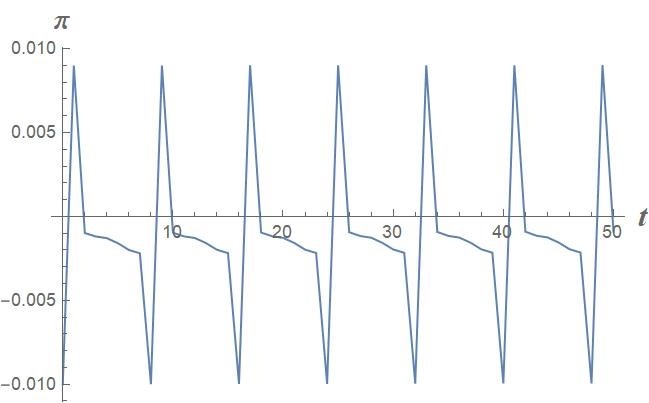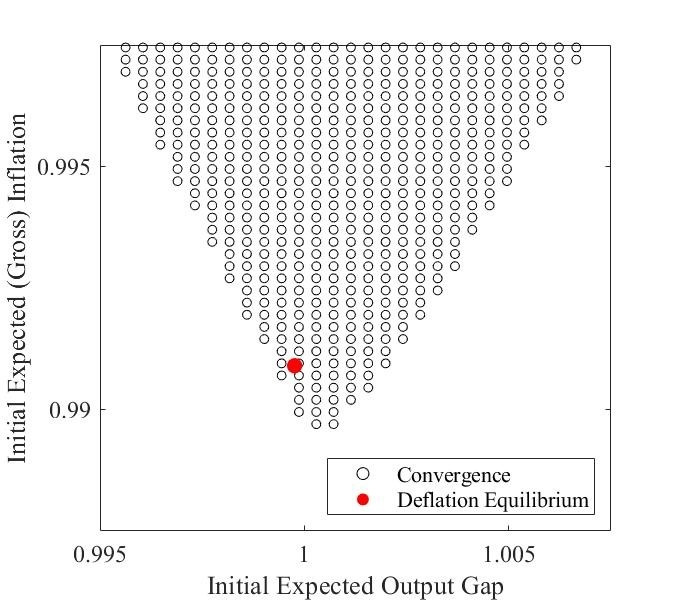References
Budianto, F., T. Nakata, and S. Schmidt (2020): “Average Inflation Targeting and the Interest Rate Lower Bound,” Working paper no. 852, BIS.
Coibion, O., Gorodnichenko, Y., Knotek II, E. and R. Schoenle (2020): “Average inflation targeting and household expectations,” VoxEU.org, 30 September.
Evans, G. W., E. Guse, and S. Honkapohja (2008): “Liquidity Traps, Learning and Stagnation,” European Economic Review, 52, 1438-1463.
Honkapohja, S., and N. McClung (2021): “On Robustness of Average Inflation Targeting,” CEPR DP16001.
Honkapohja, S., and K. Mitra (2018): “Using price-level targeting to escape the zero bound on nominal interest rates,” VoxEU.org, 8 April.
Honkapohja, S., and K. Mitra (2020): “Price Level Targeting with Evolving Credibility,” Journal of Monetary Economics, 116, 88-103.
Mertens, T. M., and J. C. Williams (2019): “Tying Down the Anchor: Monetary Policy Rules and the Lower Bound on Interest Rates,” Staff Report no.887, Federal Reserve Bank of New York.
Nessén, M., and D. Vestin (2005): “Average Inflation Targeting,” Journal of Money, Credit and Banking, 37, 837-863.
Svensson, L. E. (2020): “Monetary Policy Strategies for the Federal Reserve,” International Journal of Central Banking, 16, 133-193.






